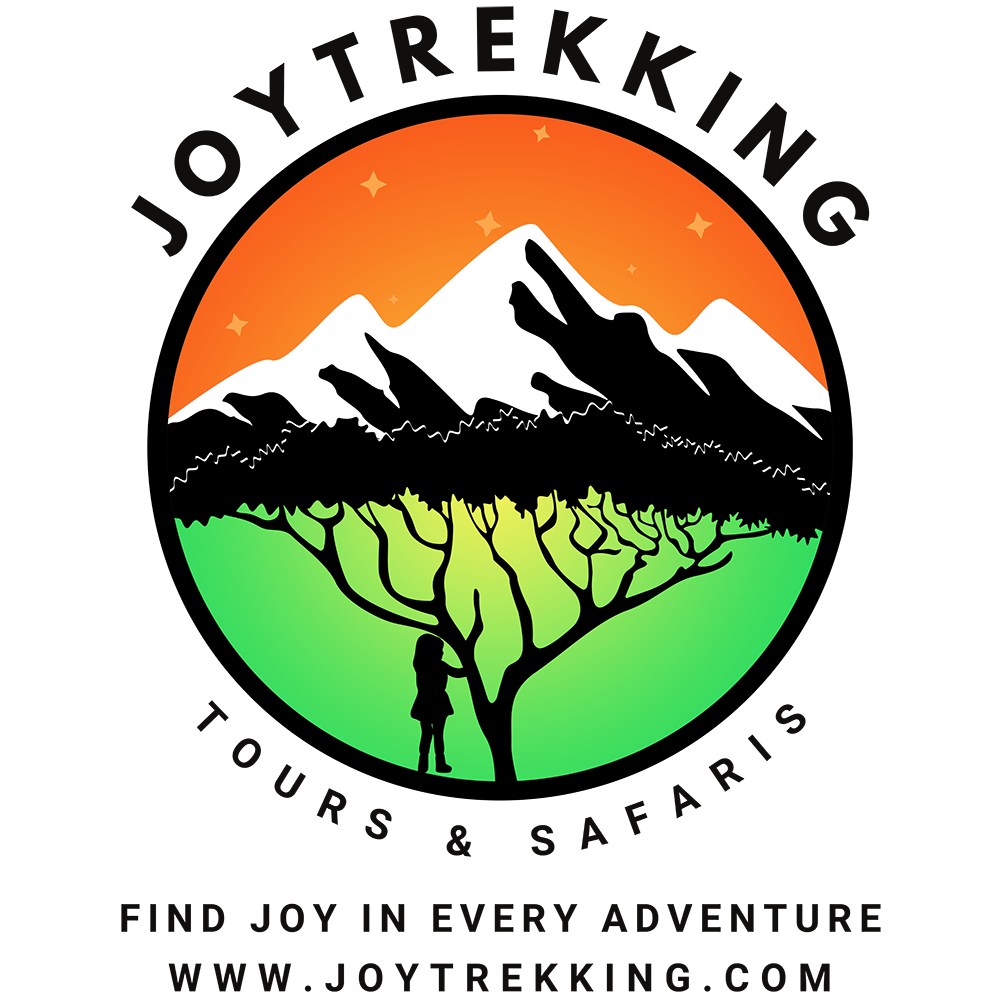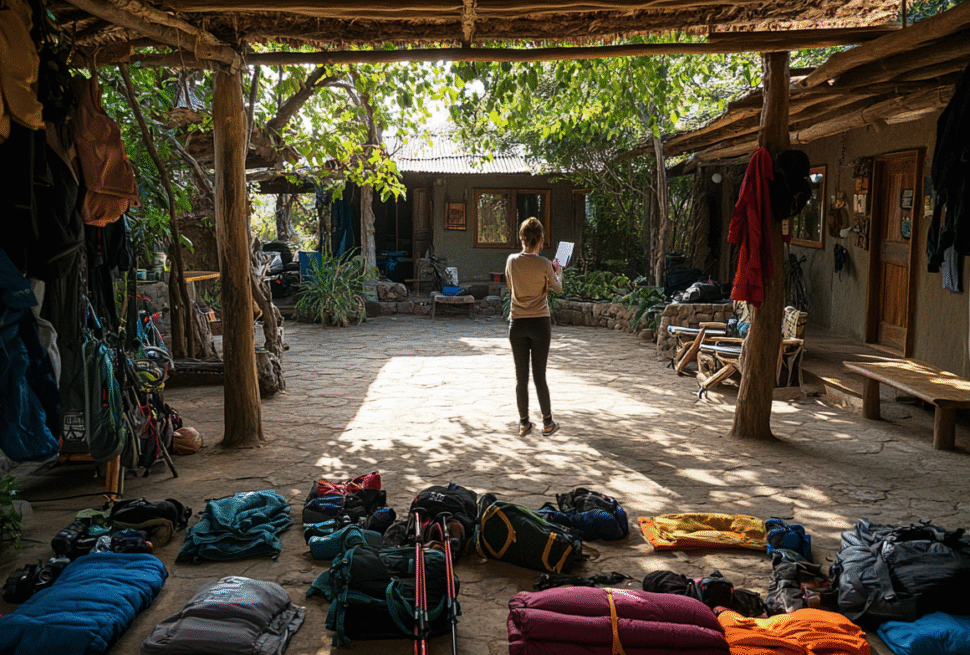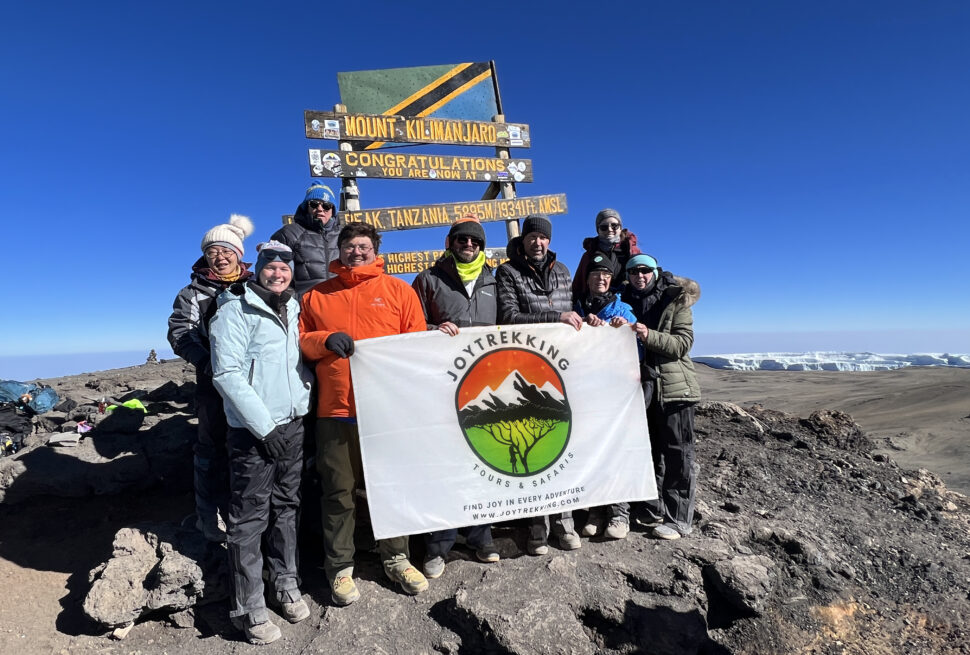If you’re looking for the best weather to climb Mount Kilimanjaro, then aim for our dry seasons: December to mid-March and mid-June to the end of October. However, those times of the year can get busy. On average 45,000 people climbed Mount Kilimanjaro in 2022/23 (though not all of them summited) and the busiest route is the Lemosho Route (because of the scenery, successful summit rate, ease of hiking, shorter elevation gains and you get to hike through all of the climate zones – cultivation, rainforest, heather and moorland, highland alpine desert, arctic summit).
While Kilimanjaro can be climbed year-round, there are certain times that are better than others. The two primary trekking seasons are January to March and June to October. During these periods, the weather is generally drier and warmer, making for more pleasant trekking conditions.

January to March is considered the warmer of the two seasons, with clear skies and fewer crowds on the mountain. However, it is important to note that this is also the busiest time on the mountain due to the Northern Hemisphere winter holidays.
June to October is the other prime trekking season. This period offers cooler temperatures and clear skies, making for excellent trekking conditions. Additionally, the mountain is less crowded during these months compared to January to March.
For those looking to avoid the crowds and take advantage of lower prices, the shoulder seasons of April to May and November to December are also options. However, these periods are characterized by heavier rainfall, colder temperatures, and cloudier skies, which can make for more challenging trekking conditions.
Ultimately, the best time to climb Mount Kilimanjaro depends on your preferences and priorities. Whether you prioritize weather, crowds, or price, there is a trekking season that will suit your needs.
With careful planning and preparation, climbing Mount Kilimanjaro can be the adventure of a lifetime. So, lace up your boots, pack your bags, and get ready to conquer the Roof of Africa!




